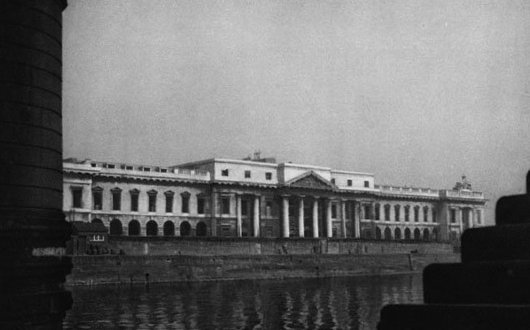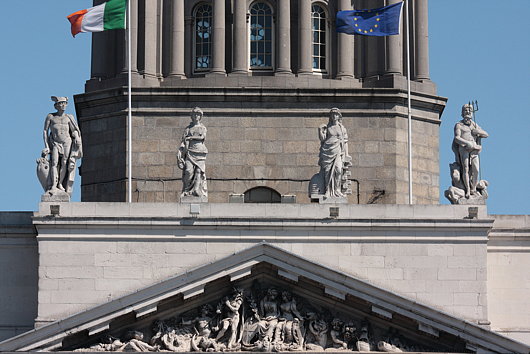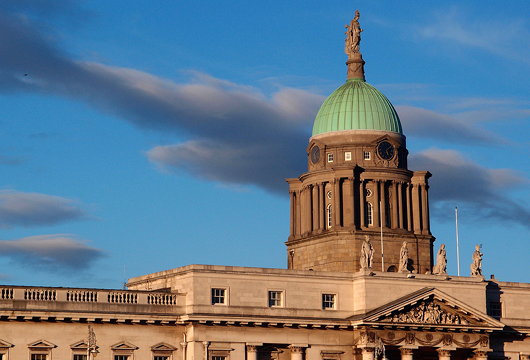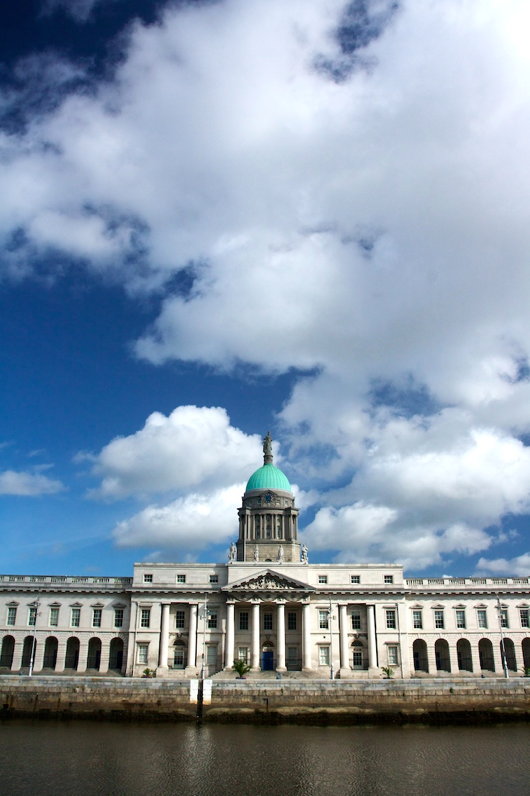THE MOST RECENT series of the ITV detective drama “Foyle’s War”, though set in London, was filmed entirely in Dublin. (Ah, those Bord Scannán incentives!). I’ve noticed a phenomenon in which something set in England but filmed in Ireland suffers from English stereotype overcompensation. What this entails is unnecessarily sticking noticeably English ‘things’ (double-decker bus, red pillarbox) into the frame when, if filmed in England, the directors might otherwise be satisfied without these subconscious emblems reassuring the viewer that they are not in fact in the country the programme was actually filmed in.
So two characters meeting on a street of Georgian houses will have a red post box shoved into some arbitrary place on the street to remind us we’re in jolly old England. Despite this, any devotées of the Georgian style will recognise the Irishness of the houses because of the subtle yet noticeable difference between the Georgian styles of, say, London, Edinburgh, Bath, and Dublin.

Anyhow, not to reveal too much of the plot of this latest series, but Chief Superintendent Christopher Foyle is recruited into a post-war British intelligence gathering organisation. The exterior shots of the building used as this group’s headquarters is the Custom House on River Liffey in Dublin, only the show’s producers have digitally removed the building’s prominent dome, presumably in order to make it less distinctive and identifiable.

The coincidental thing is that the Custom House, completed in 1791, actually lost its dome during the War of Independence. In a propaganda coup, the Irish Republican Army seized this outpost of British administration on 25 May 1921 and set it alight. The Custom House burned for five whole days, with the unfortunate fodder for the flames being the public records held in the building — centuries of Irish history destroyed in a single unfortunate act.
The War of Independence and ensuing Civil War took a toll on Dublin’s public buildings, and when peace came the Free State government set about restoring the Custom House (and the Four Courts further up the river). The original dome and main façade of the Custom House were faced in Portland stone from England, the Dorset limestone popular in the cladding of numerous public buildings throughout Britain and Ireland. A combination of austerity and nationalism precluded the government from rebuilding the dome in Portland stone, so Ardbraccan limestone was used in its stead.
Alas, the Ardbraccan is noticeably darker than the Portland stone and the contrast isn’t particularly graceful. The other façades of the rather extensive building were faced in a local stone which fits fairly well with the Ardbraccan, but when the magnificent front of the Custom House is viewed from the opposite bank of the Liffey, the dome tends to look dirty or a bit unloved.
Still, the government was right to restore the dome when it could. The North Side has been the object of unending ridicule by the denizens of Dublin’s smarter southern bank of the Liffey, but for this grand monument to the height of Ireland’s period of Georgian grace to sit lacking its central flourish would have been an embarrassment to the entire city.


